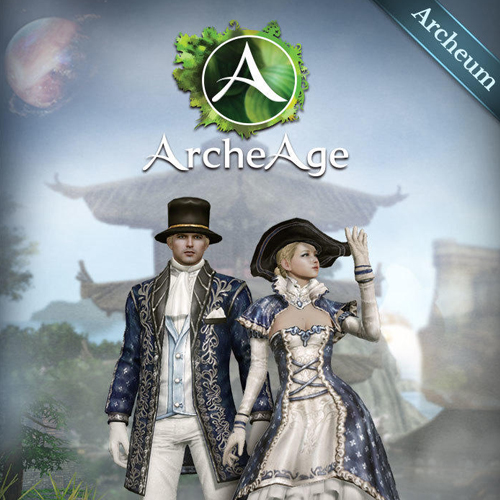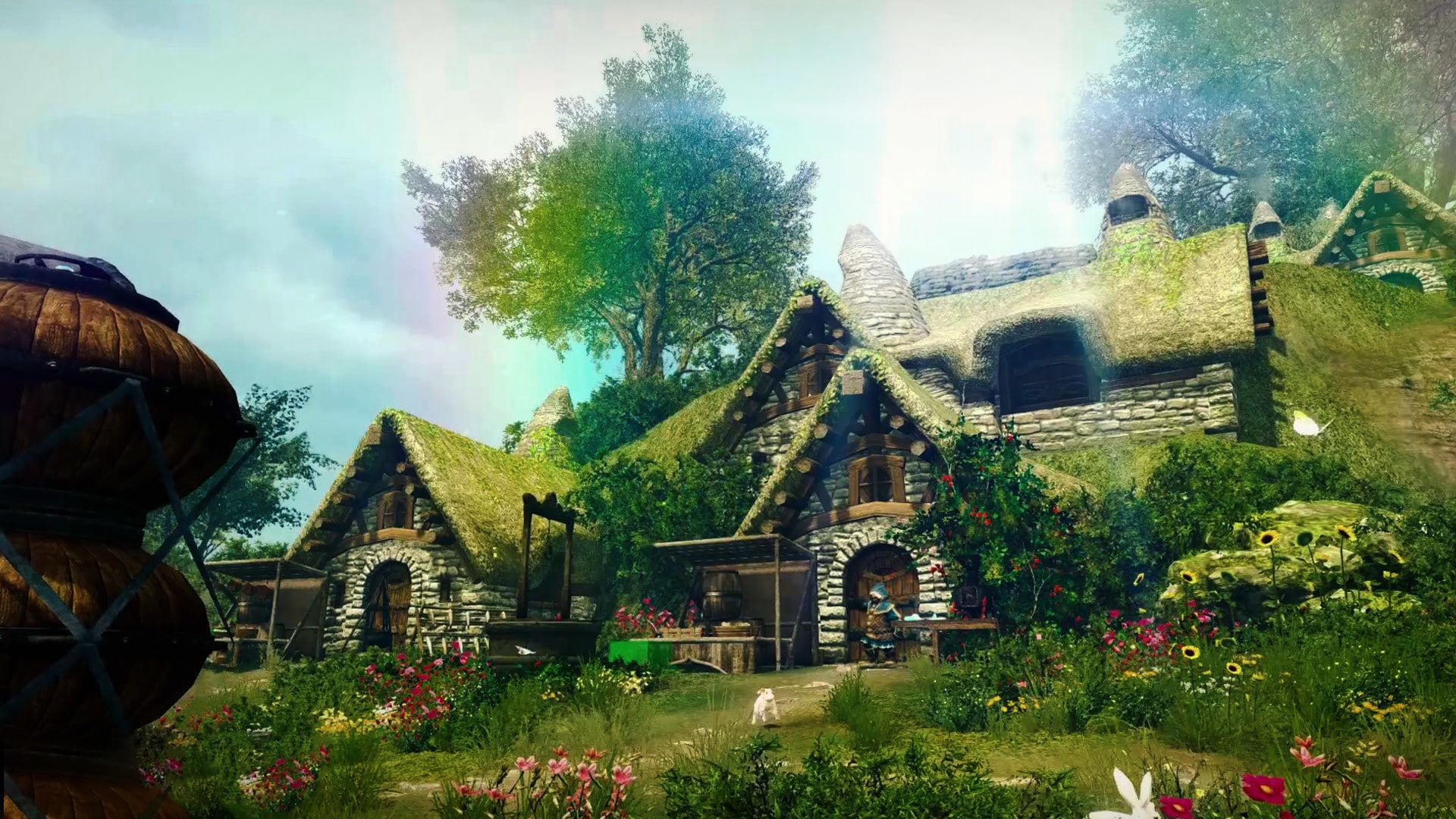What Is Archeum? A Deep Dive Into The Enigmatic Concept
Have you ever stumbled upon a term that sounds like it belongs to an ancient civilization but actually holds modern significance? Well, buckle up because we're diving headfirst into the world of archeum définition. This isn't just some random word—it's a concept that bridges the past and present in ways you might not expect. So, what exactly is archeum? Let's break it down together, shall we?
Imagine walking into a room where history, technology, and innovation collide. That’s kind of what archeum is all about. At its core, archeum refers to a collection of artifacts, ideas, or systems that blend ancient wisdom with contemporary applications. It’s like taking the best parts of the past and giving them a shiny new coat of paint for today’s world.
Now, before we get too deep into the nitty-gritty, let me assure you that this isn’t just some buzzword floating around. Archeum has real-world implications that affect everything from cultural preservation to cutting-edge tech development. So, whether you’re a history buff or a tech enthusiast, there’s something here for everyone. Stick around because we’ve got a lot to unpack!
- Fyptt App Short Videos Exciting Content
- Remote Access Raspberry Pi Behind Firewall The Ultimate Guide
Defining Archeum: More Than Just a Word
When we talk about archeum définition, we’re not just throwing out a fancy term for the sake of sounding smart. Archeum is essentially a framework that combines ancient knowledge with modern practices. Think of it as a bridge connecting two worlds—old and new—that might seem worlds apart but actually complement each other perfectly.
For example, archeum could involve using ancient agricultural techniques to improve modern farming methods. Or it might mean incorporating traditional healing practices into contemporary medicine. The possibilities are endless, and that’s what makes archeum so fascinating.
Breaking Down the Concept
To truly understand archeum, we need to break it down into its components. First, there’s the "arche" part, which refers to anything ancient or originating from the past. Then, there’s the "eum" part, which suggests a connection to systems or structures. Together, they form a concept that’s both timeless and forward-thinking.
- The Hobbit Movies Your Ultimate Guide To Watching In Order Streaming
- Patrick Duffys Love Story From Dallas To Carlyn Rosser Beyond
- Archaeology meets technology
- Ancient wisdom applied to modern problems
- Innovative solutions rooted in history
The Origins of Archeum: Where Did It Come From?
Like any great concept, archeum didn’t just appear out of thin air. Its roots can be traced back to the intersection of archaeology and modern innovation. Archaeologists have long studied ancient civilizations, uncovering artifacts and practices that shaped the world as we know it. Meanwhile, innovators have been searching for ways to solve today’s challenges using unconventional methods.
Enter archeum—a term that emerged to describe the synthesis of these two fields. By combining the insights of archaeology with the ingenuity of modern science, archeum offers a fresh perspective on how we can tackle some of the biggest issues facing our world today.
Key Influences in the Development of Archeum
Several factors have contributed to the rise of archeum as a concept. Here are a few key influences:
- Globalization: As cultures become more interconnected, there’s a growing interest in learning from the past to inform the future.
- Sustainability: With environmental concerns at the forefront of global discussions, ancient practices that emphasize sustainability are gaining traction.
- Technological Advancements: Modern tools and techniques make it easier than ever to study and apply ancient knowledge in new ways.
Archeum in Action: Real-World Applications
Talking about archeum is one thing, but seeing it in action is another. Let’s take a look at some real-world examples of how this concept is being applied today.
Case Study 1: Ancient Farming Techniques in Modern Agriculture
One of the most exciting applications of archeum is in the field of agriculture. Researchers have discovered that many ancient farming techniques, such as crop rotation and terracing, are incredibly effective at improving soil health and increasing yields. By integrating these methods into modern farming practices, we can create more sustainable and productive agricultural systems.
Case Study 2: Traditional Medicine in Contemporary Healthcare
Another area where archeum is making waves is in healthcare. Traditional healing practices, such as herbal medicine and acupuncture, are gaining recognition for their potential to complement modern medical treatments. This fusion of ancient wisdom and contemporary science offers new hope for patients seeking holistic approaches to health and wellness.
Why Archeum Matters: The Big Picture
So, why should you care about archeum? The truth is, this concept has the potential to revolutionize the way we approach a wide range of issues. By drawing on the lessons of the past, we can create more effective, sustainable, and innovative solutions for the future.
Consider this: many of the challenges we face today—climate change, resource depletion, and social inequality—have roots in historical patterns and practices. By studying these patterns and applying the lessons learned, we can avoid repeating the same mistakes and build a better world for future generations.
Archeum’s Role in Addressing Global Challenges
Here are a few ways archeum is helping to tackle some of the biggest global challenges:
- Promoting sustainable development
- Preserving cultural heritage
- Encouraging cross-cultural collaboration
Challenges and Controversies Surrounding Archeum
Of course, no concept is without its challenges and controversies. While archeum offers immense potential, there are also concerns about how it’s implemented and who benefits from it.
The Debate Over Cultural Appropriation
One of the biggest debates surrounding archeum is the issue of cultural appropriation. Critics argue that using ancient practices and knowledge without proper acknowledgment or compensation can perpetuate inequality and exploitation. It’s a valid concern that needs to be addressed as the concept continues to evolve.
Balancing Tradition and Innovation
Another challenge is finding the right balance between preserving tradition and embracing innovation. While it’s important to respect and honor the past, we also need to ensure that archeum doesn’t become a static concept that resists change. The key is to strike a balance that allows for growth and adaptation while maintaining the integrity of the original ideas.
Archeum and the Future: What’s Next?
Looking ahead, the future of archeum looks bright. As more people become aware of its potential, we can expect to see even more innovative applications and breakthroughs. But what does this mean for you, the reader?
For one thing, understanding archeum gives you a unique perspective on how the past and present intersect. It also opens up new opportunities for learning, growth, and collaboration. Whether you’re a student, a professional, or just someone interested in expanding your horizons, archeum has something to offer.
How You Can Get Involved
If you’re inspired by the concept of archeum, there are plenty of ways to get involved. Here are a few ideas:
- Explore local cultural heritage sites
- Attend workshops or seminars on ancient practices
- Support organizations working to preserve and promote traditional knowledge
Conclusion: Embracing the Past to Shape the Future
In conclusion, archeum définition isn’t just a term—it’s a mindset. It’s about recognizing the value of ancient knowledge and using it to inform modern solutions. From sustainable agriculture to holistic healthcare, the applications of archeum are vast and varied.
So, what’s your take on archeum? Do you see its potential to transform the way we approach global challenges? Let us know in the comments below, and don’t forget to share this article with your friends and family. Together, we can continue the conversation and explore the endless possibilities of archeum.
And remember, the past doesn’t have to be a relic of history. With the right mindset and approach, it can be a powerful tool for shaping the future. So, let’s embrace archeum and see where it takes us!
Table of Contents
Defining Archeum: More Than Just a Word
The Origins of Archeum: Where Did It Come From?
Archeum in Action: Real-World Applications
Why Archeum Matters: The Big Picture
Challenges and Controversies Surrounding Archeum
Archeum and the Future: What’s Next?
Conclusion: Embracing the Past to Shape the Future



Detail Author:
- Name : Suzanne Conn V
- Username : lockman.vergie
- Email : neichmann@gmail.com
- Birthdate : 1996-07-19
- Address : 815 Legros Mission Port Lysanneland, PA 08679-7818
- Phone : +17706588183
- Company : Weber and Sons
- Job : Business Operations Specialist
- Bio : Est totam similique aperiam labore eaque fugit quis. Omnis possimus repellendus eum sequi rerum. Cum quibusdam asperiores facilis dolor explicabo.
Socials
instagram:
- url : https://instagram.com/cynthia_real
- username : cynthia_real
- bio : Repellat omnis sit qui. Omnis aut consequatur adipisci sint et sed. Nihil suscipit distinctio et.
- followers : 4961
- following : 1557
twitter:
- url : https://twitter.com/cynthiaprice
- username : cynthiaprice
- bio : Culpa ipsum ut aliquam corrupti sunt. Voluptatibus velit vel minima ea at delectus qui. Qui culpa cum debitis ut et. Quia quis recusandae iure voluptatem.
- followers : 3547
- following : 28